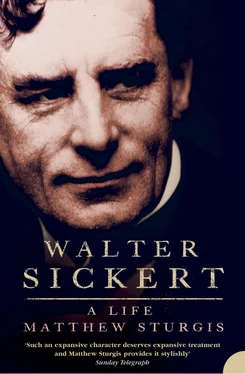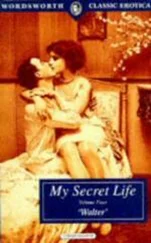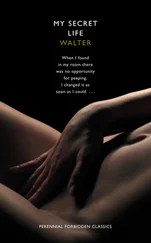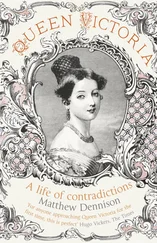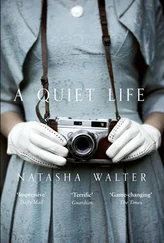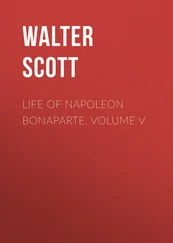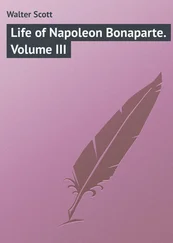As in the early days of most institutions, there was some jockeying for influence and control. Brown was anxious to secure his own circle of support within the club – hence his invitation to Steer to show at the club’s inaugural exhibition in the spring of 1886, and again in 1887. 23 And he was delighted to meet a potential new recruit in Sickert, who, in turn, was no less delighted to meet Brown. He grasped at once the possibilities of the situation: here was a young, unformed institution that might serve as a home for himself and his confrères. He infected Brown with something of this vision, and plans were soon afoot to seize ‘a greater, and, if possible, a dominating influence’ in the running of the club. 24 Sickert was able to marshal the other members of the Whistlerian faction: Starr, Menpes, and Francis James all agreed to show with the NEAC in future, as did Sickert’s brother Bernhard, and Paul Maitland. 25 The group’s position was further enhanced when the club’s secretary retired at the end of the year and was replaced by the 34-year-old Francis Bate. Bate was both an admirer of Whistler and a friend of Brown’s. 26 He joined the frequent meetings, in which Sickert took the lead, that were taking place to discuss the strategy of the planned coup. They were held in Sickert’s studio at Broadhurst Gardens, and, as Brown recalled, ‘with Sickert as host, our little conspiracies were not very sombre affairs … His gaiety was contagious, his manner charming, his wit bubbling.’ 27 Brown, despite his seniority, found himself swept along by his young companions. Sickert later described him as having been ‘caught up by our movement as by a cow catcher on a train’. 28
In the first instance, Sickert seems to have viewed the infiltration of the NEAC as part of the grand Whistlerian project. He tried at every juncture to include his master in his developing plans for the club. But it was a difficult matter to achieve. Whistler, despite his problems, was still committed at Suffolk Street, and he could not very well become a member of a new body after his recent demands for exclusive loyalty to the RSBA. Nevertheless, he did consent to send a print to the NEAC’s show in the spring of 1888, and to allow Sickert to show Ellen’s canvas, A White Note . 29 (Sickert further reinforced the connection by exhibiting a small panel of ‘The Vale’, which cognoscenti would have recognized as Whistler’s home.) But Sickert’s horizons were no longer bounded by Chelsea. His own music-hall works took off from the example of Degas, while Steer, in a series of sun-drenched depictions of young girls at the seaside, was experimenting with ever more brilliant colours and ever more broken brushwork, inspired by a study of Monet’s technique. Sickert sought to foster these French ties and enhance the club’s prestige. Following Whistler’s own example in wooing Monet, he approached Degas. There were hopes that the great man might even be persuaded to become a member of the club. At all events, he gave permission for Sickert to exhibit the Danseuse Verte . 30
Sickert showed his own commitment to the new venture by sending in his largest and most daring picture to date: a tall, thin music-hall scene, some five foot by three foot, depicting Gatti’s Hungerford Palace of Varieties – Second Turn of Katie Lawrence . He could be confident that it would be accepted, since he was on the selection committee. 31 The machinations of Brown and Bate had packed the jury, and by acting in concert they were able to determine the character of the show. As one hostile critic later recalled, a ‘new spirit made itself felt’. 32 In the hanging of the show the two places of honour, in the centre of the long walls of the Dudley Gallery, were given to Steer and Sickert. It was the first of many occasions on which they appeared as the twin pillars of New English Art. As tended to happen on such occasions, the critics displayed their open-mindedness by offering a few words of faint praise for one before damning the other. Steer was represented by A Summer’s Evening , a large canvas of three nude girls on a beach that combined his radical Monet-inspired brushwork with the more familiar comforts of an idyllic scene. Though some reviewers found its agglomeration of ‘red, blue and yellow spots’ an unpardonable ‘affectation’, more were upset by Sickert’s picture. 33
His depiction of Katie Lawrence was derided as resembling ‘a marionette’, ‘a temporarily galvanised lay-figure’, and ‘an impudent wooden doll … with hands down to her knees’ and her mouth ‘twisted under her left ear’. 34 One paper suggested that Miss Lawrence should sue the artist for defamation. 35 The absence of detail, the lack of ‘finish’, the want of ‘graceful composition’, and the vulgarity of the subject matter were all resoundingly condemned. 36 It was acknowledged that these unfortunate traits were programmatic – the ‘affected mannerisms’ of the ‘advanced Impressionists’. 37 Although to many English commentators Whistler remained the prime – if not the sole – ‘Impressionist’, knowledge of the French members of the school was slowly percolating into the critical consciousness. Following several recent showings of work by Monet, Steer’s broken-colour technique was recognized as being in the French artist’s manner. And the presence of the Danseuse Verte on the walls of the Dudley Gallery ensured that a firm connection was noted between the work of Sickert and Degas. 38
The critic from the Magazine of Art , in a grave attempt at reasonableness, suggested that the ‘whole movement’ of Impressionism was still very much ‘an experiment, and, for the present, [should] be estimated accordingly’. 39 Degas’ experiment, though accounted ‘horrible’ by many, received some words of grudging praise. 40 But it was generally agreed that Sickert’s effort was an abject failure, falling below the level of even ‘conventional mediocrity’. The Pall Mall Gazette found a kind word for the painting’s ‘excellent tone’ and The Star ’s anonymous reviewer (perhaps George Bernard Shaw) praised the ‘excellently painted top-hat in the right hand corner’ of the composition. 41 But that was the limit of critical approbation. The fact that Sickert, with an eye to notoriety rather than sales, was asking a staggering 500 guineas for the picture only increased the sense of outrage. 42 Within a week of the exhibition’s opening Sickert found himself, according to one paper, ‘the best abused man in London – with perhaps the sole exception of Mr Balfour’. 43
It was a triumph of publicity – if nothing else. The furore focused attention on to the NEAC, and it placed Sickert at the very centre of the stage. The position was both new and exciting. He was acknowledged – albeit only in London art circles – as standing in the front rank of ‘the independent, and often eccentric’ young men ‘seeking to strike out a new line and throw off the trammels of tradition – and, some would add, of respect’. 44 His attention-grabbing display at the Dudley Gallery was made more pointed the following month when the four modest landscapes that he exhibited at the RSBA failed to draw any but the most cursory critical attention. * It was to be his last association with the society for a decade. After surviving one vote of no-confidence, Whistler was finally ousted from the presidency at a packed general meeting on 4 June 1888. His followers resigned en masse. Sickert, who had never been a member, ceased to send pictures. As Whistler remarked, ‘the artists left and the British remained’. 45 For Sickert, the debacle confirmed his good sense in establishing a base at the NEAC. As he wrote to Blanche soon afterwards, affecting a tone of cool assurance, ‘Do send us again some work – the more important the better – to the New English Art Club. That will be the place I think for the young school in England. Faute de mieux.’ 46
Читать дальше
